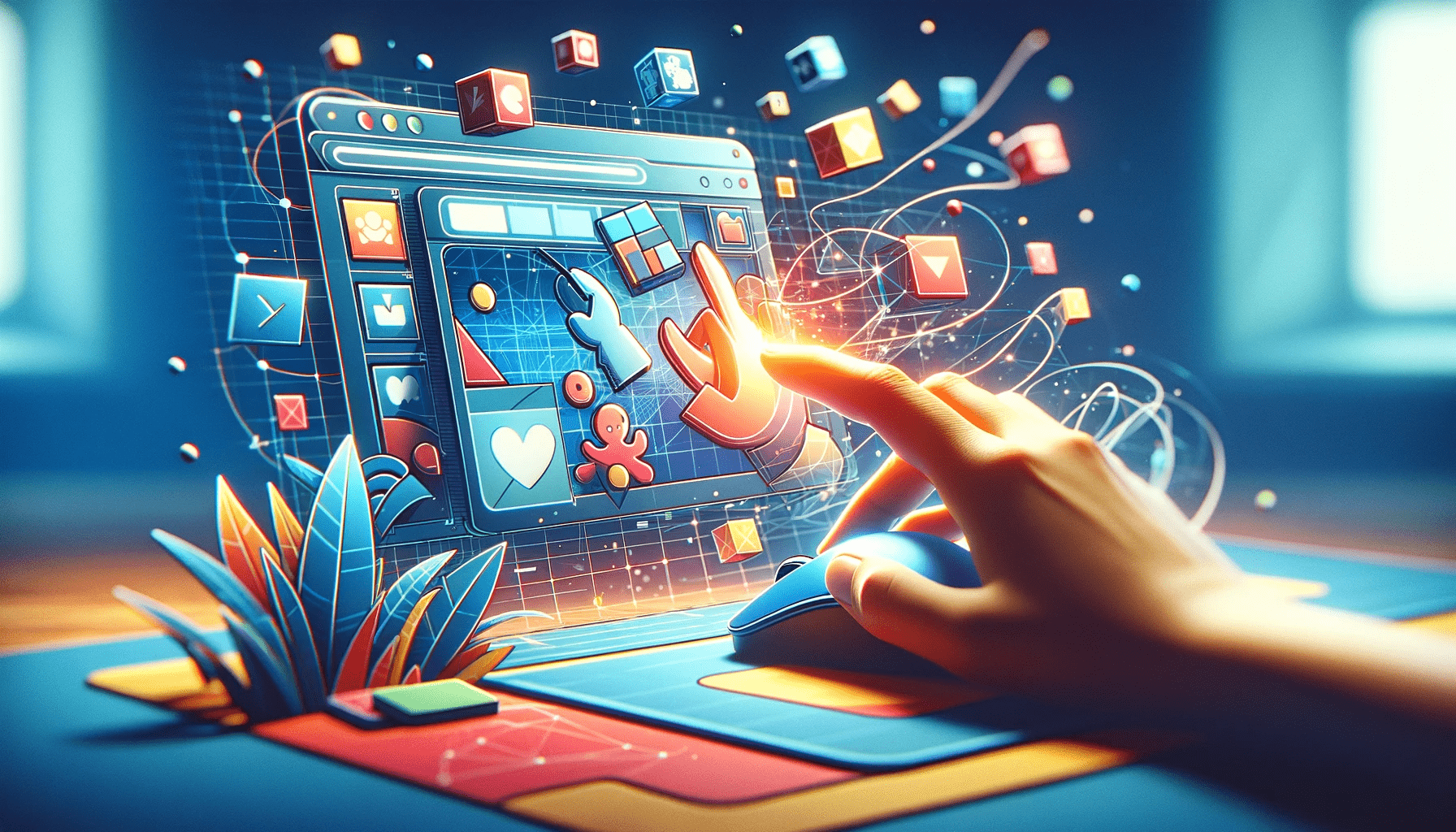One of the most promising education trends is the gamification of learning. It refers to incorporating gaming components into education to improve the learning experience for students. Why games?
Gaming is a big part of the current generation, and video games are great at capturing and retaining people’s attention for hours. Let’s explore how gamification can benefit learning, the risks involved, and strategies educators can use to get the best results.
Page Contents
Benefits of Gamifying Learning

Source: hmhco.com
Gamification offers some amazing benefits to students and education in general. Here are some of the most notable ones.
Boosts Classroom Engagement
Gamification involves using elements such as badges, scorecards, and a reward system for learning. Thus, students are more engaged in learning and experience increased productivity. Many games use a structured format where players must beat different levels to progress.
It keeps them engaged without overwhelming them with information. The same concept can be applied to education, where students learn in structured increments to keep them engaged and reduce confusion.
Provides Instant Feedback and Reinforcement
When gamification is applied to learning, students receive immediate feedback. It helps correct any wrong answers immediately and rewards the positive ones on the spot. Unlike traditional learning, students don’t need to wait too long to know whether they are performing well or not.
While traditional learning has served us well, it does not address some of the challenges students face, such as a lack of understanding. It is why students often have to turn to sites like EssayUSA writing service for assistance with academic tasks. Gamification solves this by improving understanding and retention of information to create better learning outcomes.
Makes Learning Fun and Easier
Most students see learning as a chore instead of an opportunity to add to their knowledge. Gamification helps change this perception, such that students view a lesson or a unit like a game and be more open-minded about learning.
Improves Accessibility in Learning
Gamification makes learning more accessible to students of all kinds, including special needs and autistic children. Thus, it supports the existing initiatives to improve learning for special needs children.
Connects People to the Content on an Emotional Level
Students retain content more easily when they create an emotional connection with it. Gamification helps build these emotional connections by making learning fun and interesting. Thus, it becomes easier for them to store and retrieve information, thereby improving their learning.
Risks Associated With Gamification of Learning

Source: englishpluspodcast.com
Despite the various benefits, gamification can pose some risks or challenges to institutions and education overall. Educators should be aware of these risks before implementing gamification.
Threat of Addiction and Dependence
The biggest selling point for gamification is that it makes learning engaging. However, this might be a double-edged sword because the components that make it engaging can be somewhat addictive.
Students can become dependent on a gamified environment to the point that they need a game-like experience to learn and retain information. They might not be able to concentrate or stay engaged unless the learning is gamified. It might not be sustainable because not all materials can be integrated into a game-like experience.
Excessive Competitiveness
Gamification involves elements such as badges, rewards, and leaderboards that engage learners and instill a sense of competition. However, the competition can become a problem if left unchecked. Weaker students might feel incompetent because they are forced to compete with their peers, which can reduce their interest in learning.
Logistical Challenges
Developing games costs time and money. Some game elements require complex software, meaning that academic institutions would incur high expenses to acquire the necessary software. Besides, gamification software requires constant maintenance, including software updates, which adds to the cost.
Ethical Concerns
Gamification elements such as leaderboards and badge systems may require students to share personal data, which can compromise their privacy. Also, game elements like leaderboards that create comparisons among students may create a sense of inequality among them, specifically those who end up at the bottom of the leaderboards.
Strategies for Adopting Gamification in Classroom Settings

Source: blog.openreplay.com
Adopting gamification should be a gradual and structured process with a lot of planning. Educators need to assess the existing teaching methods and restructure them to accommodate gamification in the curriculum. Here are some of the ways to apply gamification in learning.
Point-Based Reward System
Incentives are powerful motivators. Students are more motivated when you reward them for their efforts. So, teachers can create a point-based system where students get points for excelling in multiple areas in the classroom, such as punctuality, participation in the classroom, completing tasks on time, and more. They will be motivated to participate in classes and feel appreciated for making efforts.
Leaderboards to Promote Competition
Competition is a great way to get students to improve their performance. Teachers can create a leaderboard for impressive achievements to get students to work harder, best their peers, and be at the top. However, they should ensure that the competition is healthy by promoting respect and creating leaderboards for different types of achievements so that more students can feel included.
Teamwork
Gamification should also improve students’ willingness to work together and become team players. One way to achieve this is to create competitions where students participate in teams and have to work together to make their team win. It will improve morale in the classroom and promote healthy teamwork and competition.
Challenges
One of the important reasons people love games is because they provide challenges that they feel great beating. Educators can apply this component to learning by adding challenges to classes at varying levels to test their abilities and reward participants for succeeding.
Badges
Badges are awards that acknowledge a person’s achievements. They act as personal trophies that acknowledge someone’s efforts. A teacher can create badges for a classroom to show students that hard work is recognized and rewarded.
Closedown
Gamification makes learning more enjoyable and leads to better transfer of knowledge. When applied well, it can be a powerful tool for learning; however, it requires a lot of planning to accommodate the needs of the learners and create better learning environments for students. While it carries some great benefits, educators should also understand the risks and apply the necessary steps to mitigate them.





